Text and photos via Caroline Edge
The city of Camgüey in the east of Cuba is known as ‘The Maze’, its twisting streets built to confound marauders in the 16th Century. Whilst I was lost in its labyrinth serendipity took hold and I met a man who wanted to show me his pet crocodile. Strangeness begat strangeness and later, in the humid night, he led me deep into a barrio of wooden houses. From a hut cold light and the sound of drums streamed into the night. Smiling faces welcomed us into the space, dense with bodies, ripe with the scent of death and swarming with flies. An altar filled half the space laden with fetishes and sticks; a Halloween mask, a desiccated snake, crucifixes, dolls; all covered in black, congealed blood. My companion whispered in my ear that beneath these sacrifices lay a vessel filled with human remains. And then the ceremony began.
Palo Mayombe is a religion developed by the slaves transported to Cuban plantations from the Congo in Central Africa. The religion is practised through ‘houses’ which often have differing practises and beliefs, although ceremonies typically include spirit possession and blood sacrifice. The hierarchy of each house is structured like a family, originally providing a substitute for those separated by slavery from their blood relations.
Palo symbolism reflects a diverse heritage. Rolled up suit trousers echo the clothes of plantation workers, Cuban cigar smoke feeds totemic objects and Catholic iconography is synthesised into Palo belief. Paleros believe that the spirit world, populated by their ancestors, is all around them. In the Palo ceremony reality and spirit are brought together through music, drumming and dancing. By feeding and veneration spirits are encouraged to possess the worshippers and speak through them. Palo is a product of intense transculturation, transcending linear time and physical location. It provides a coping mechanism for its believers throughout the upheavals of slavery, revolution or exile.
‘African’ religions were practised underground in Cuba until the abolition of slavery in 1886. As Spiritualism became internationally popular during this time religions like Palo came out of the shadows. After the 1959 Revolution, Cuba embraced its African heritage and the government took a stance of tolerance towards non-Christian religions. Palo and other Afro-religions, such as the more widely practised Santeria, became accepted and increasingly popular. Today Cuban exiles have made their religions internationally popular, especially in the USA. However, Palo beliefs have been easily confused with voodoo or labelled as Satanism, with accusations of grave-robbing levelled at devotees. As the religion does not have a top down hierarchy and centres on the individual’s relationship with the spirit world is it is difficult for believers to challenge these misrepresentations.





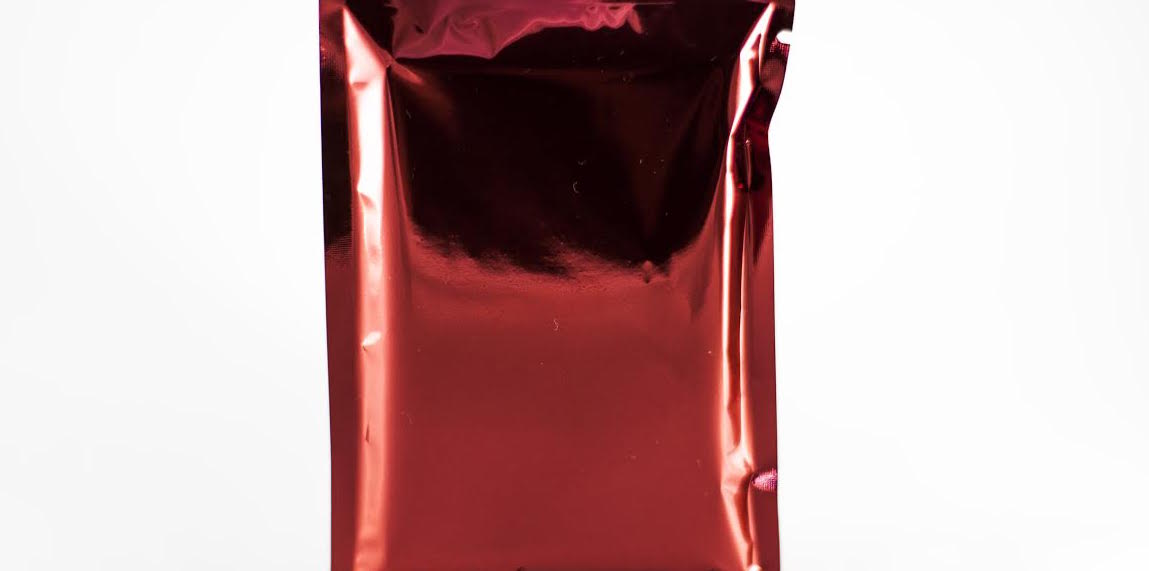
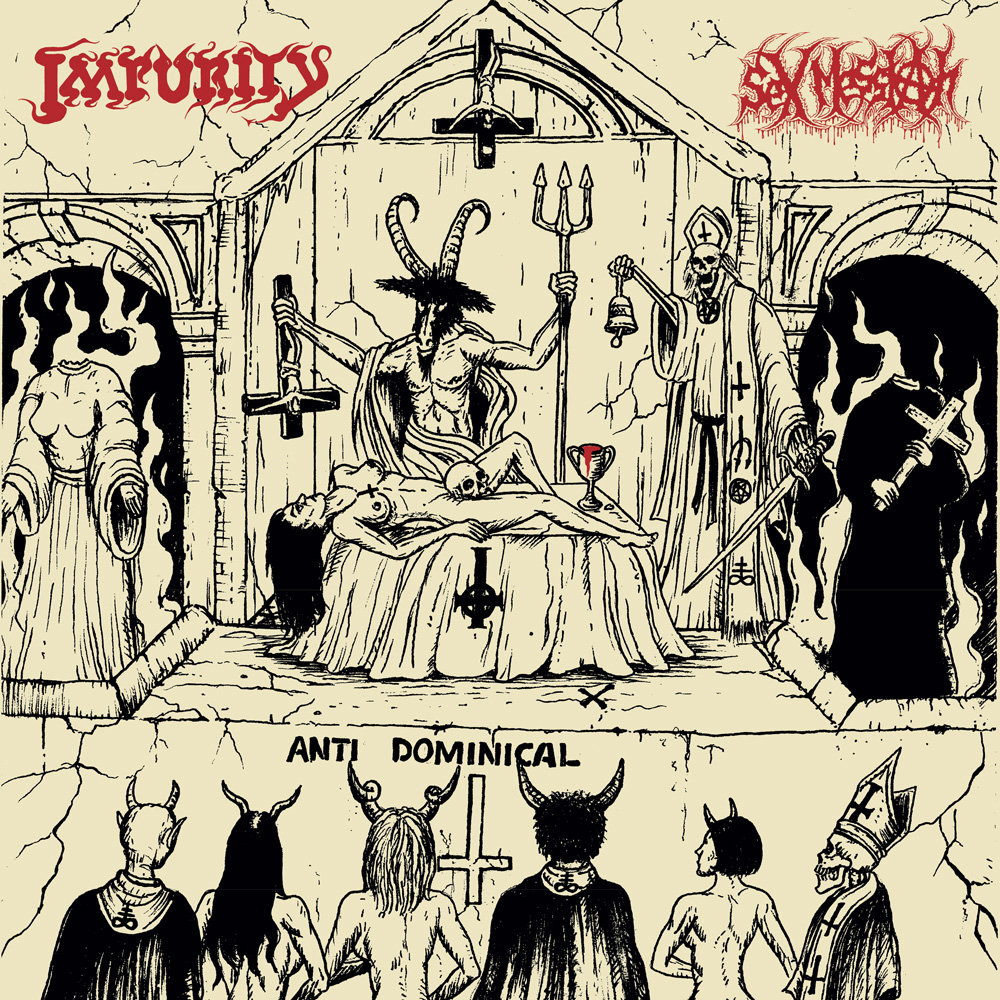



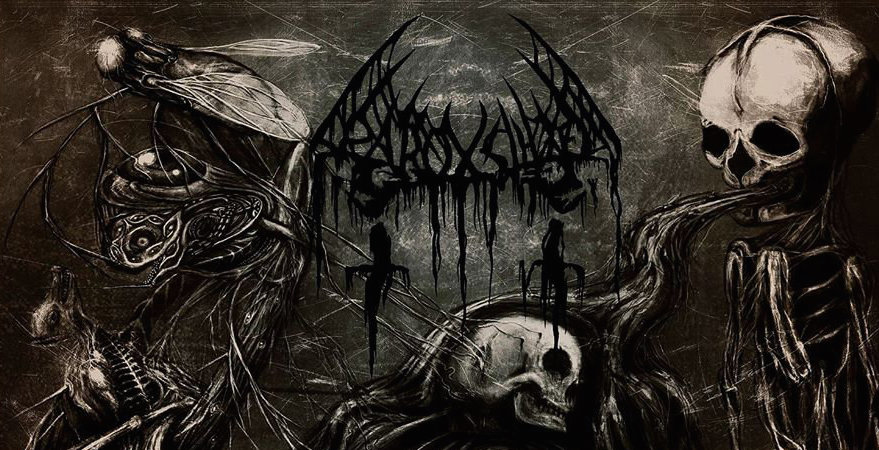
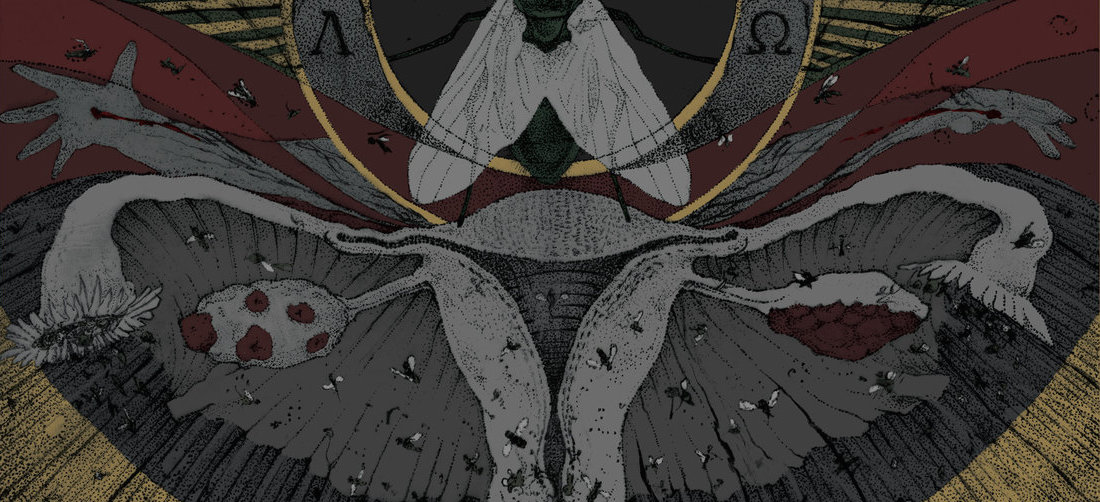
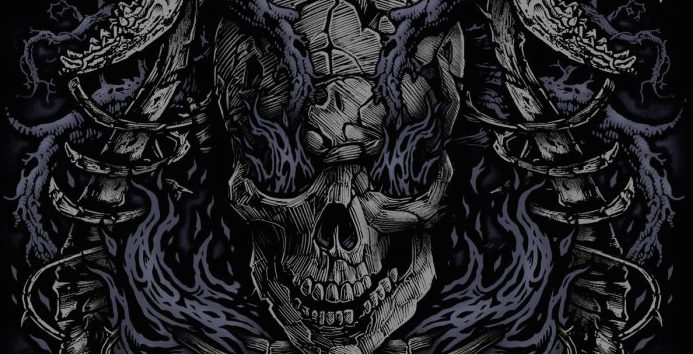
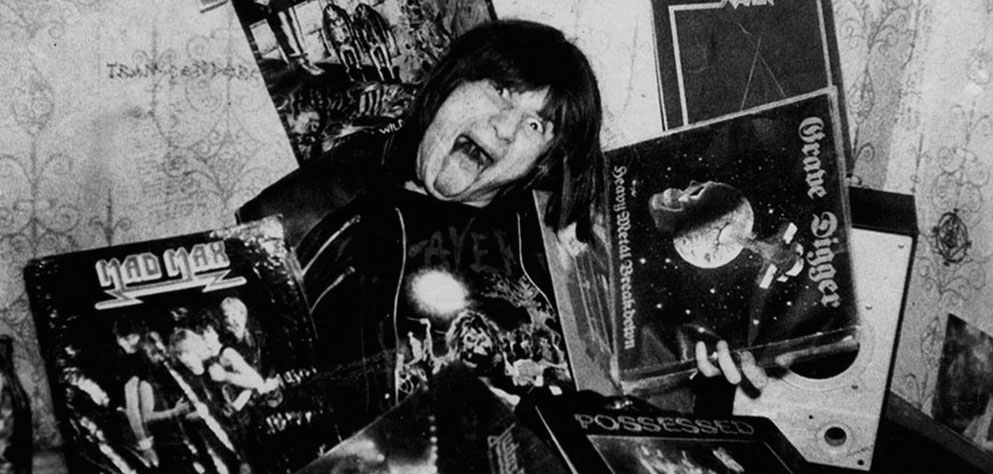
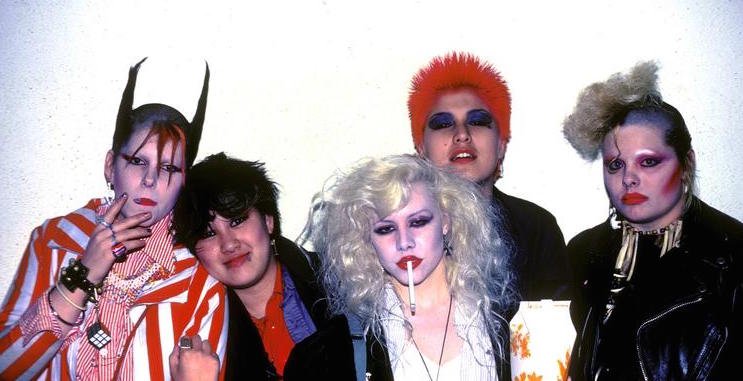
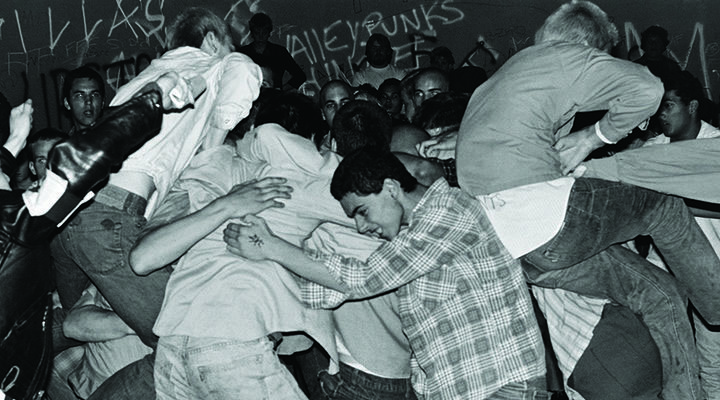


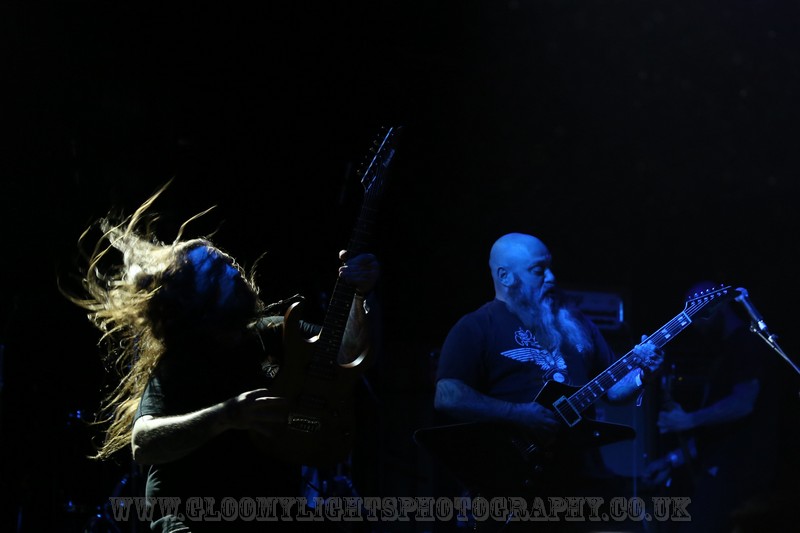



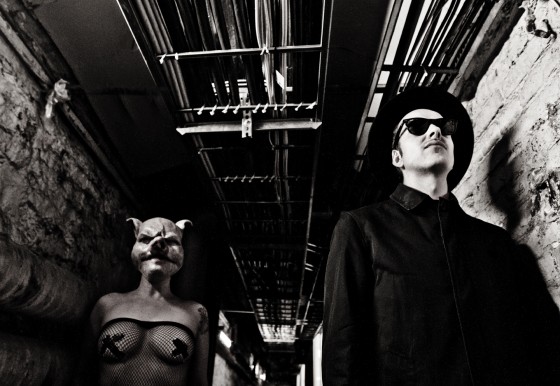
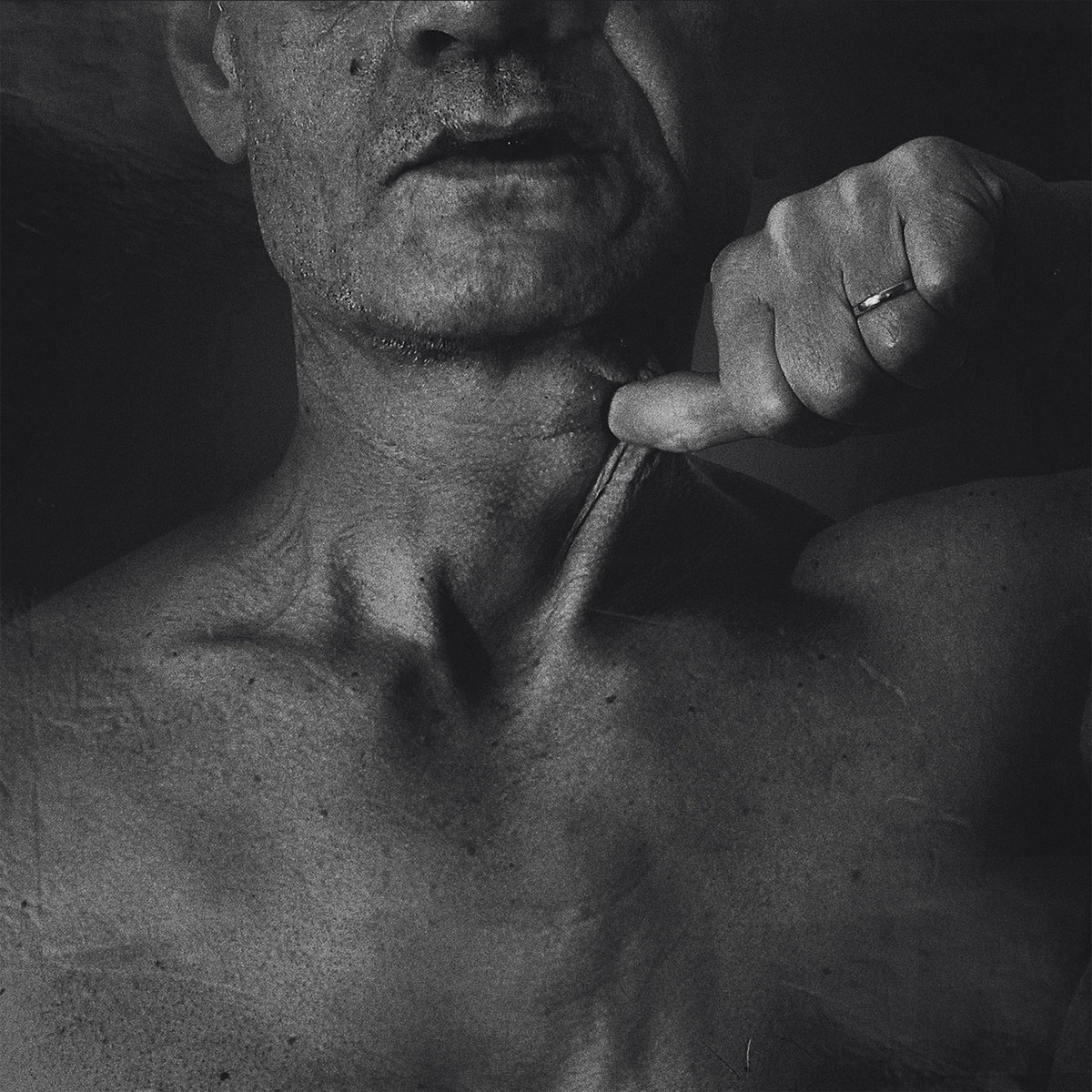

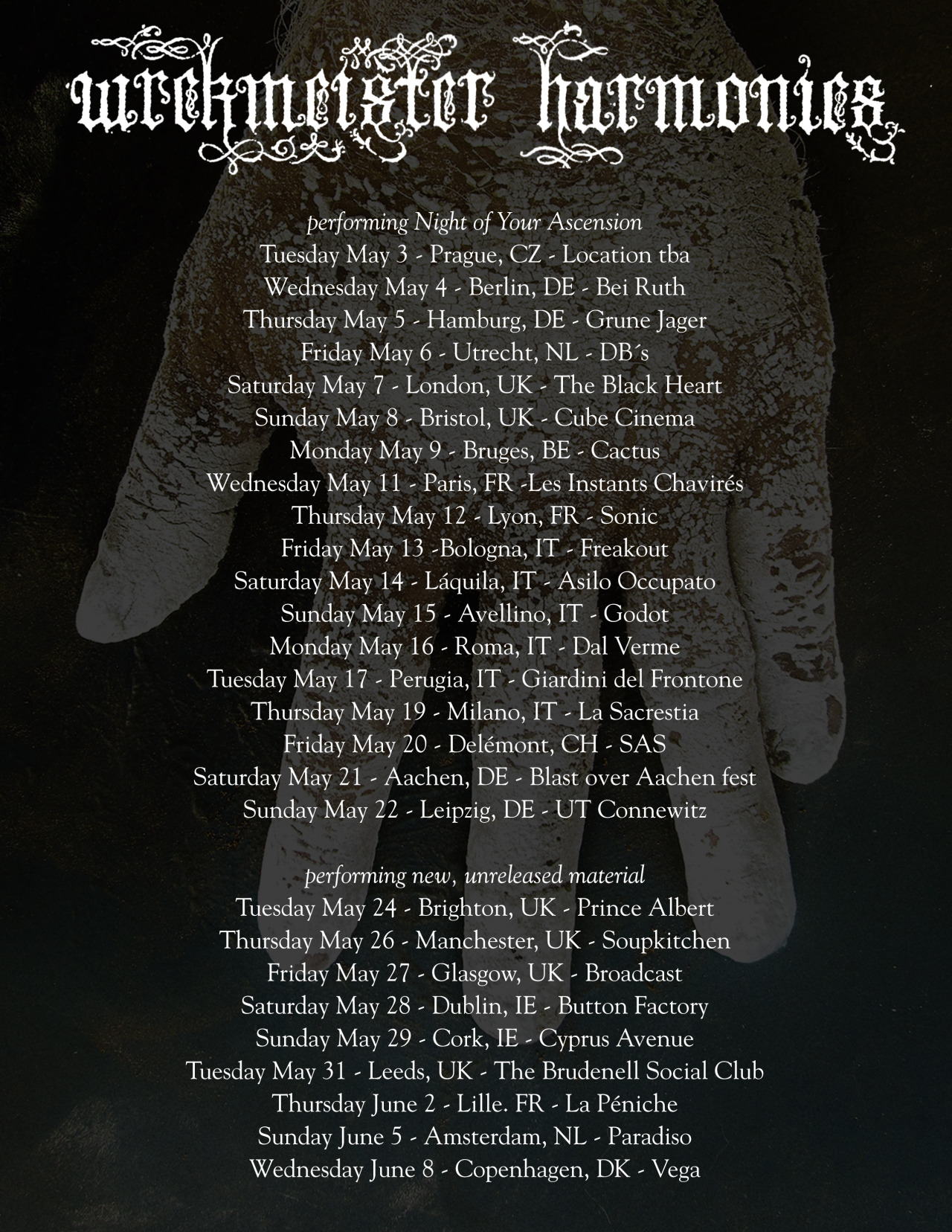
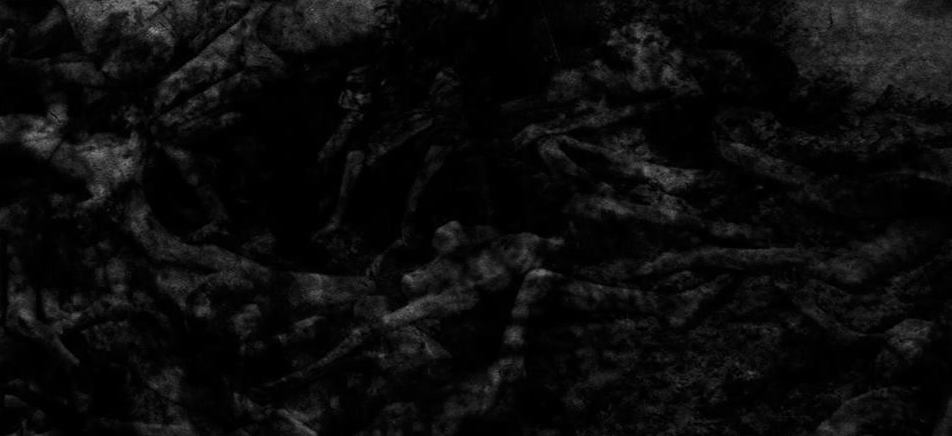



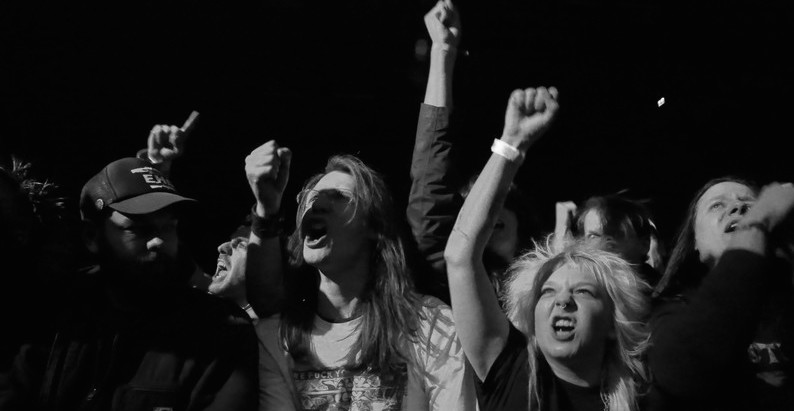
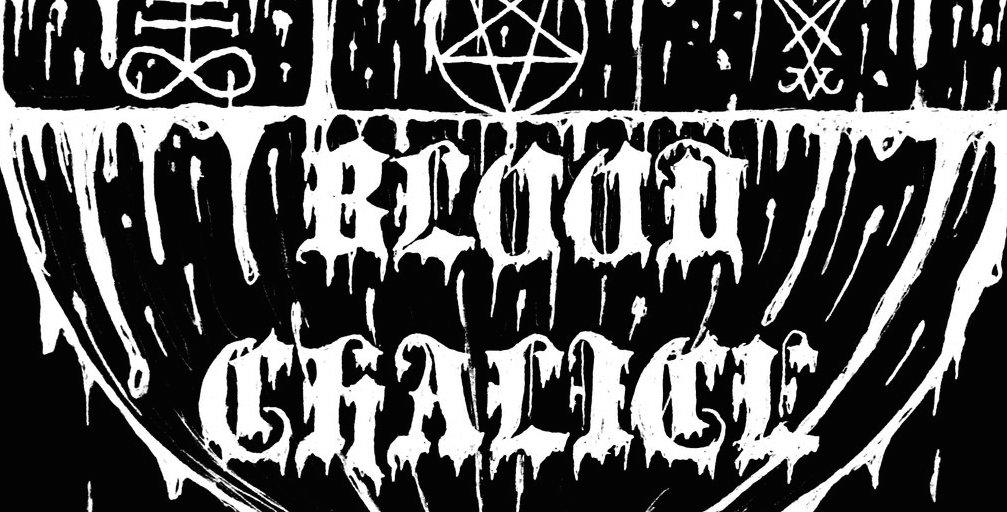
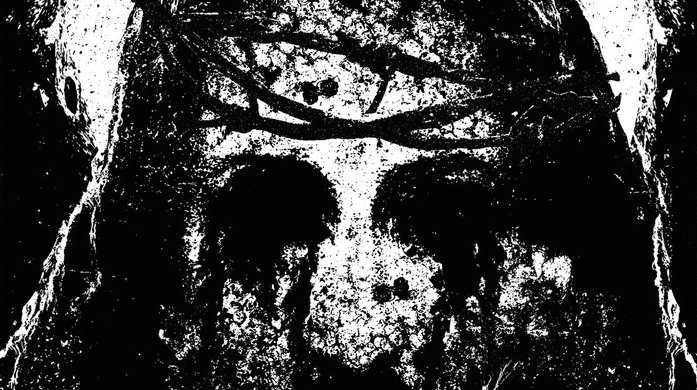




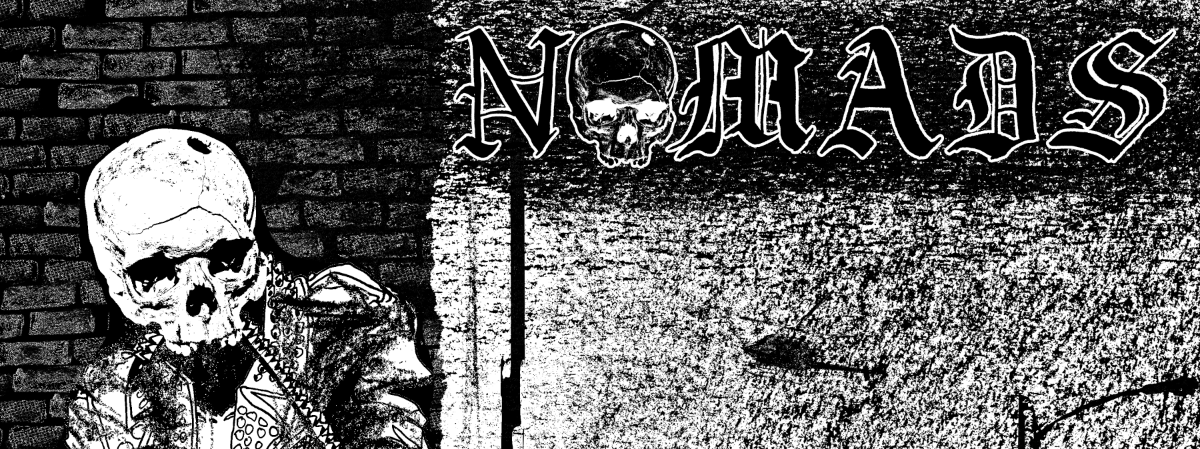
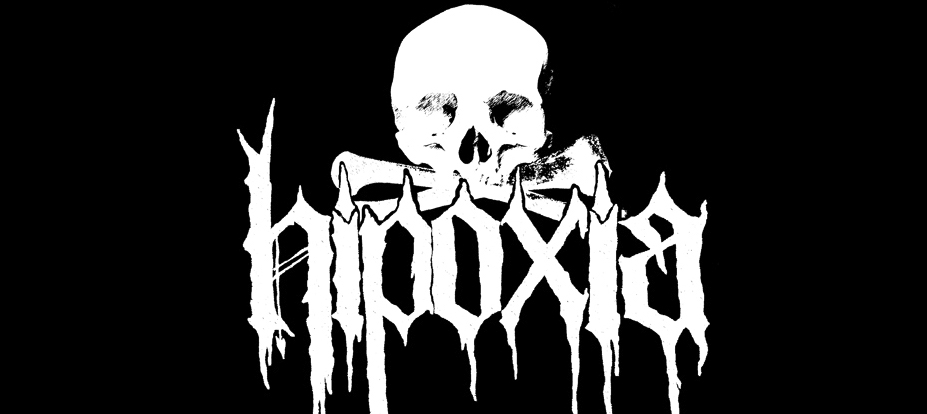
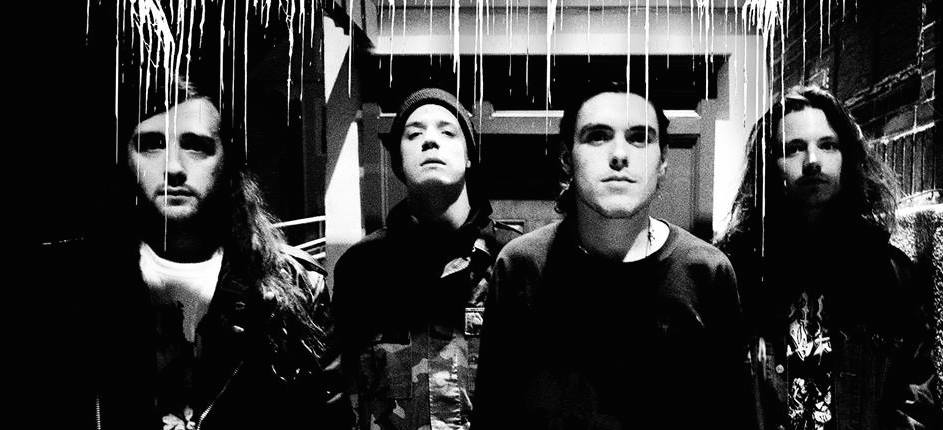
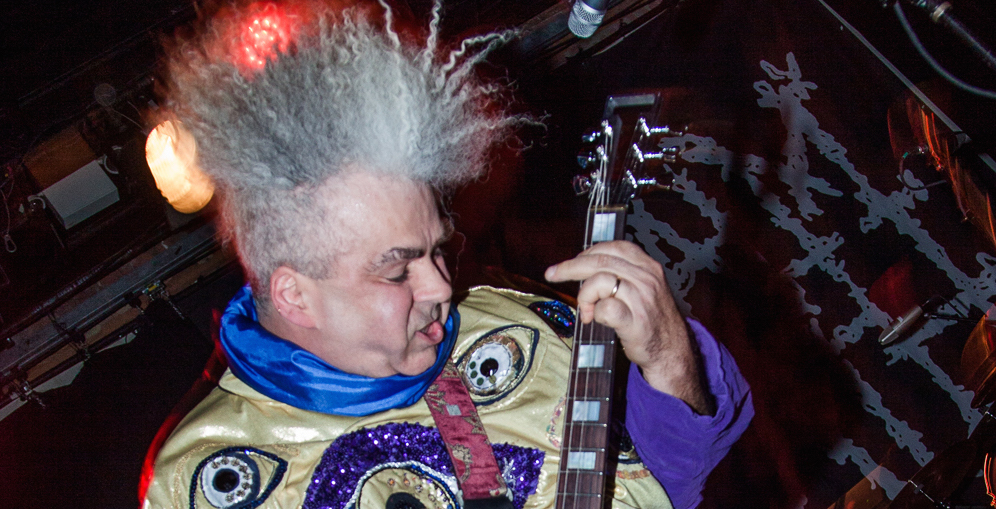

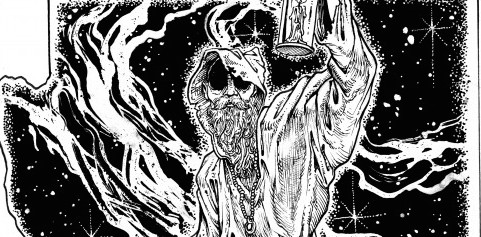
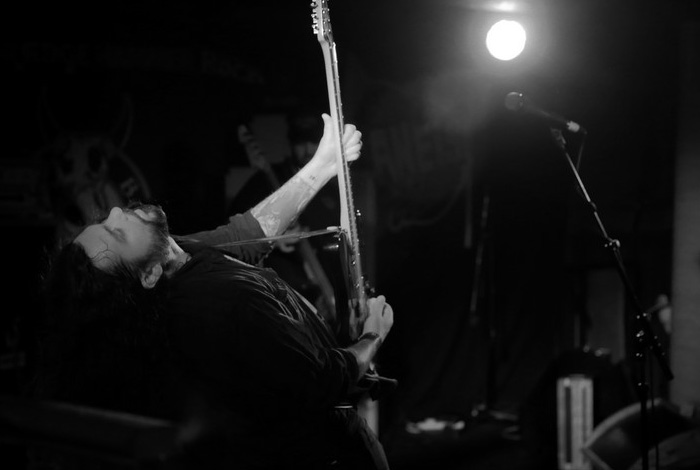




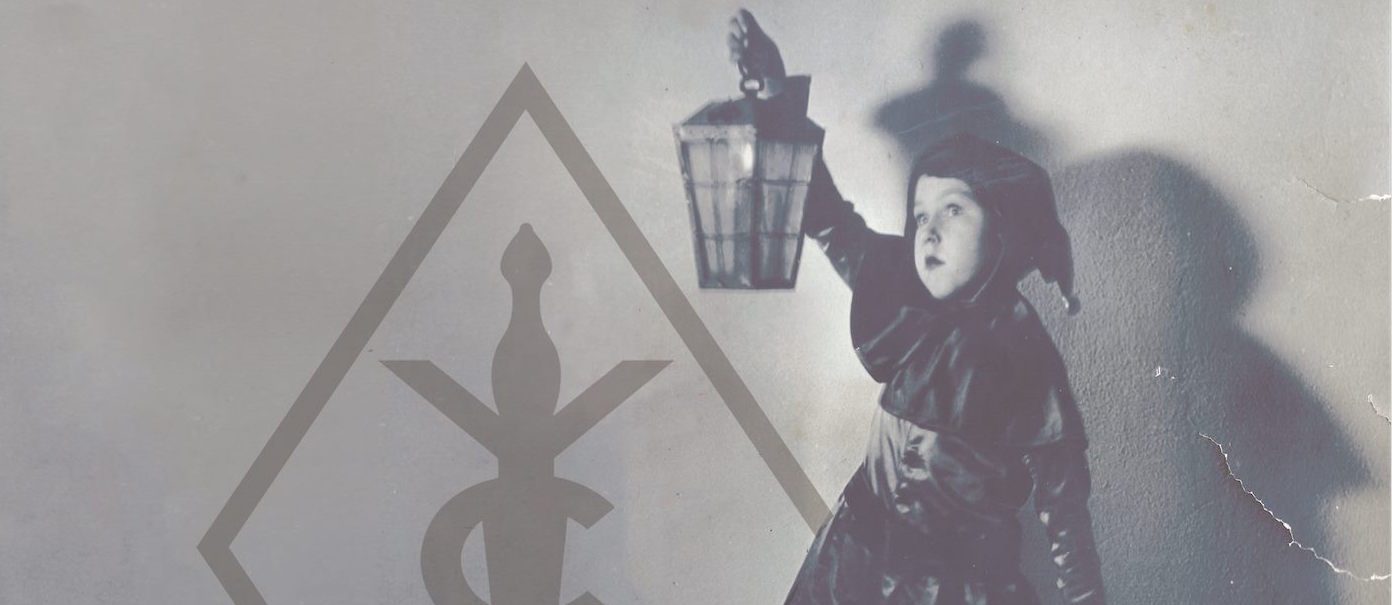



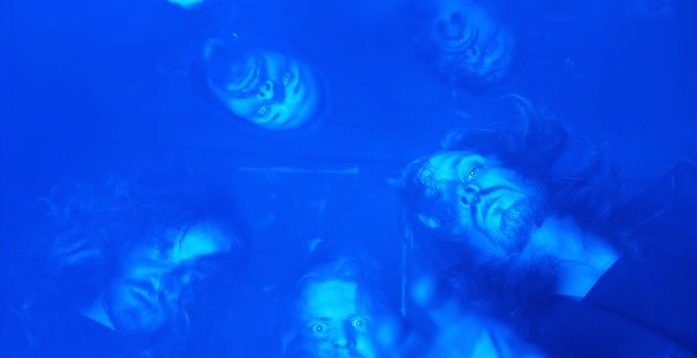
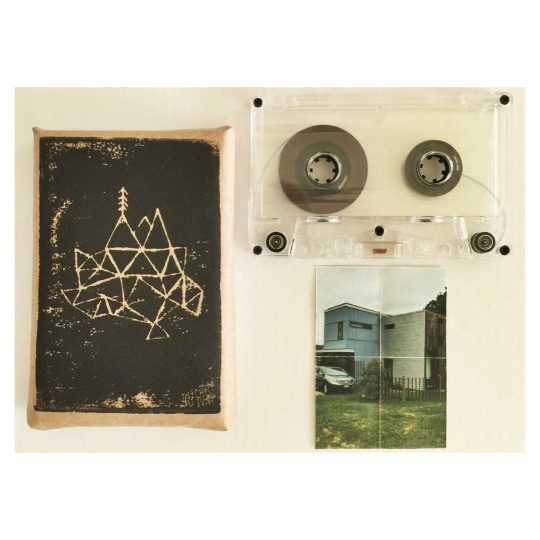

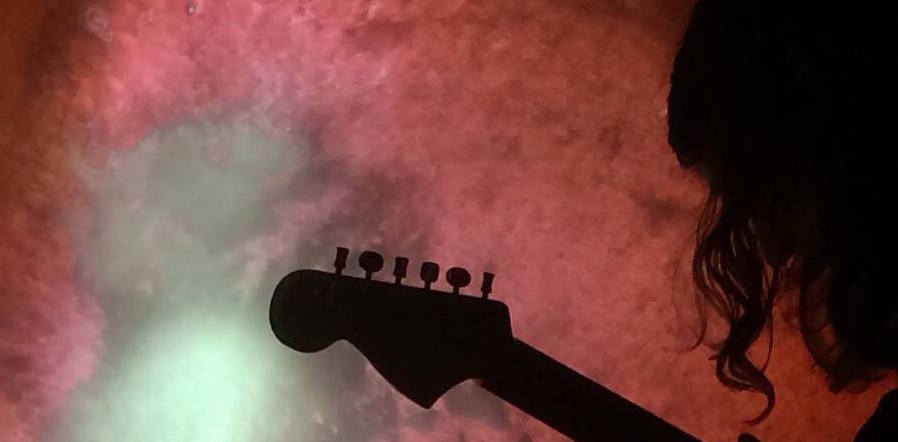

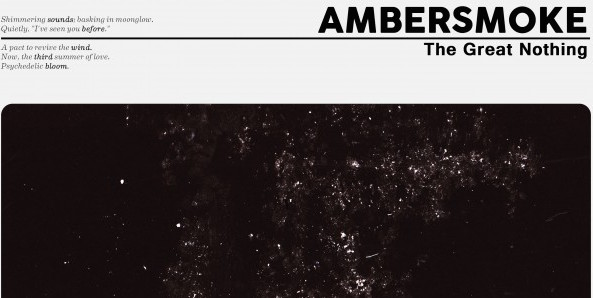
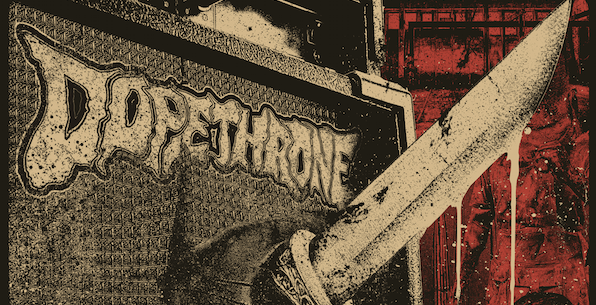


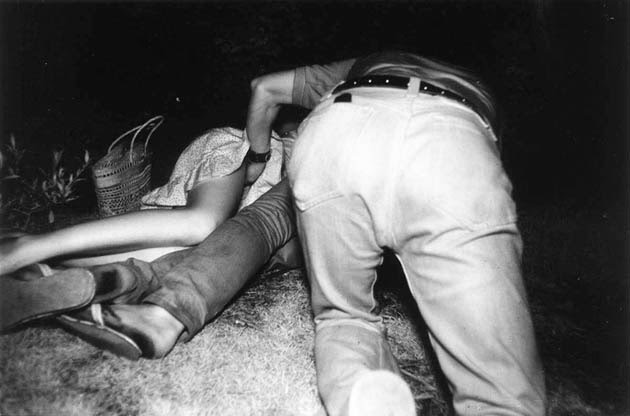
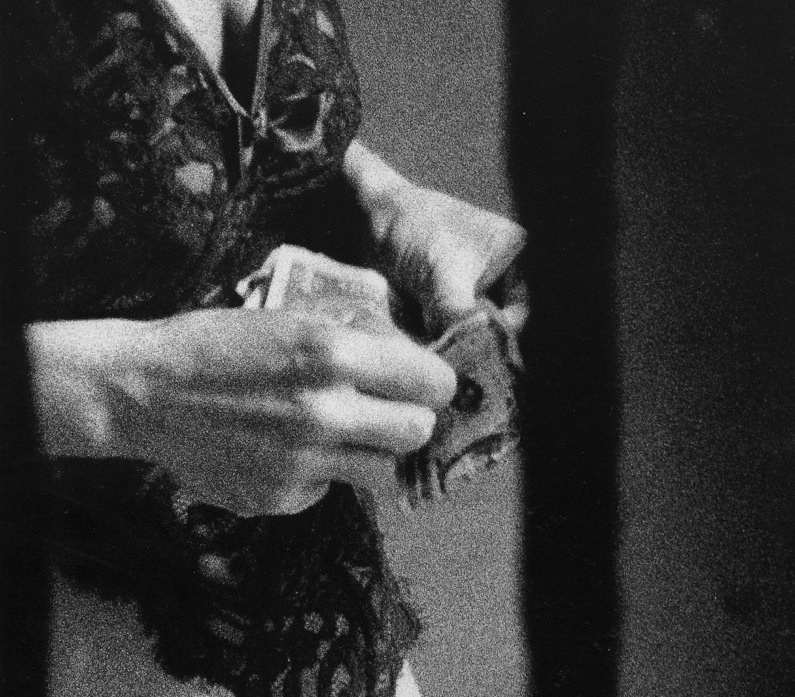

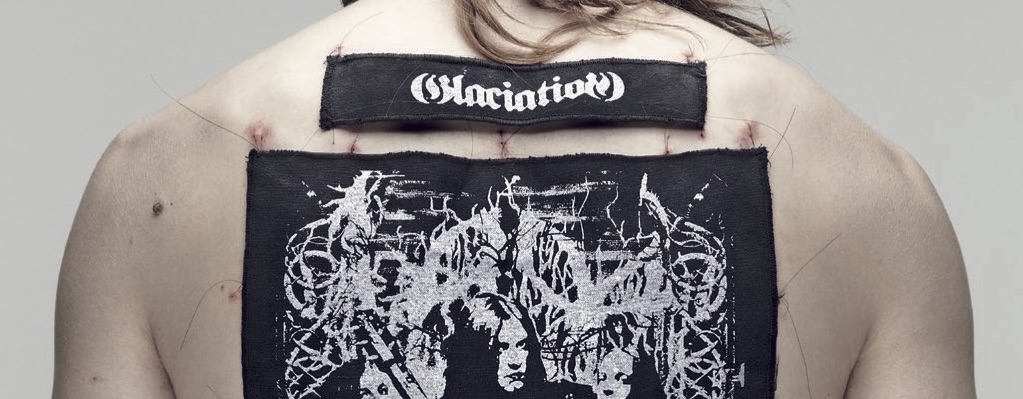

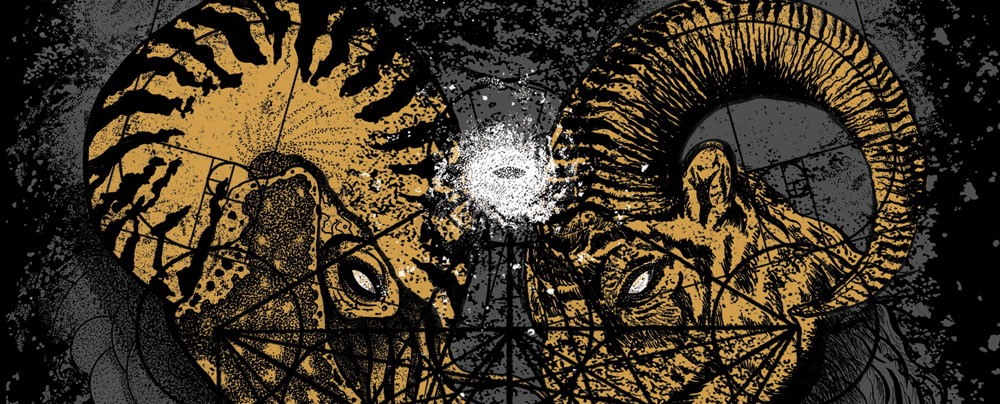

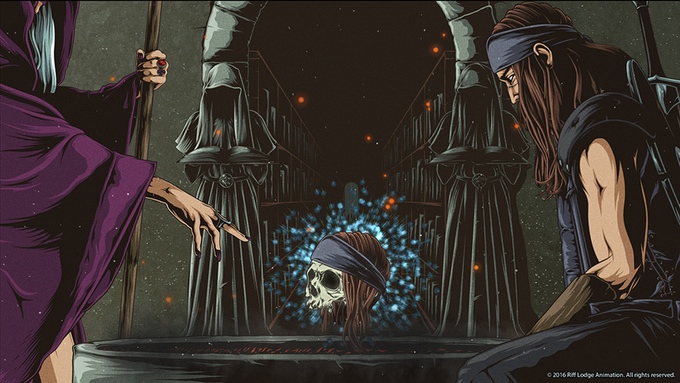
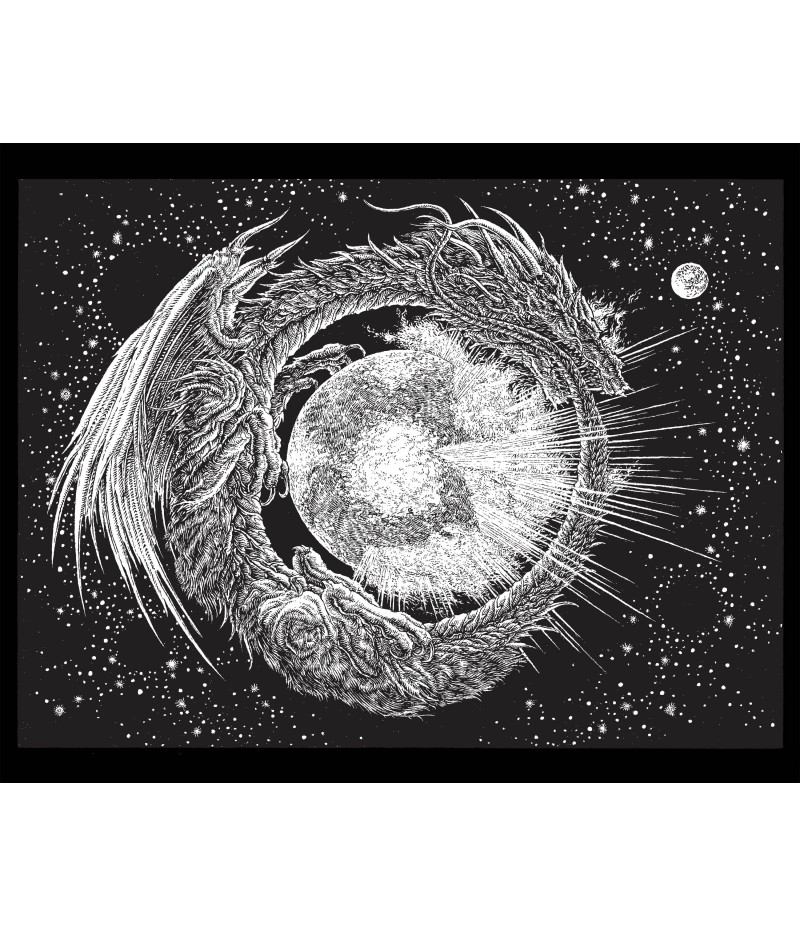
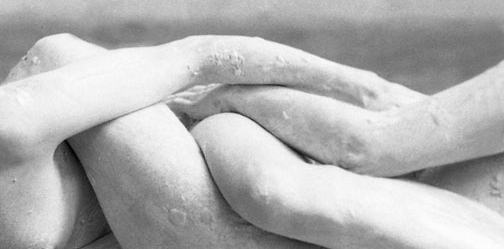
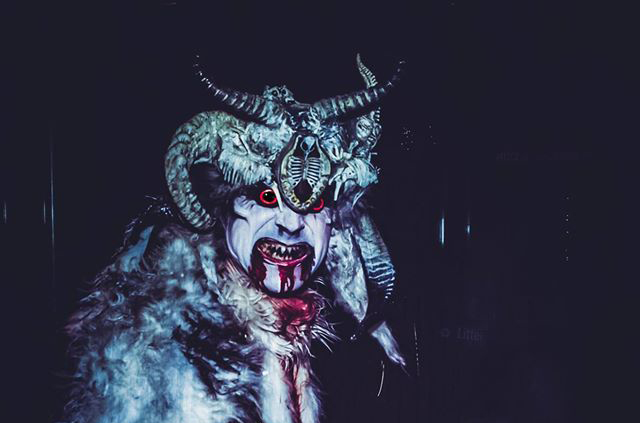
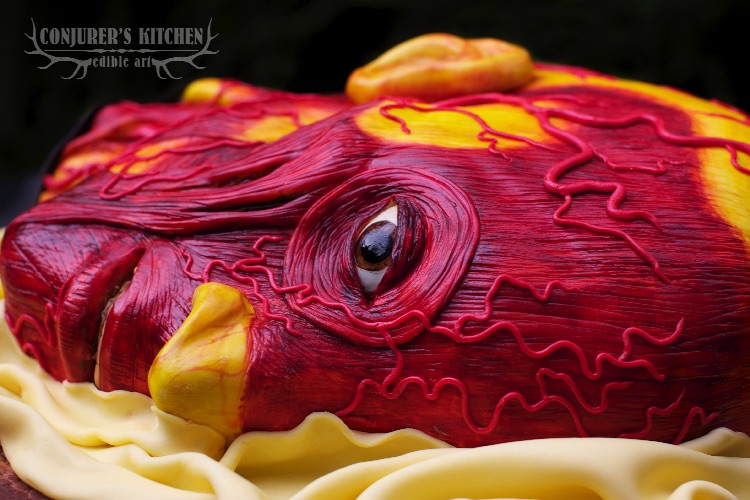
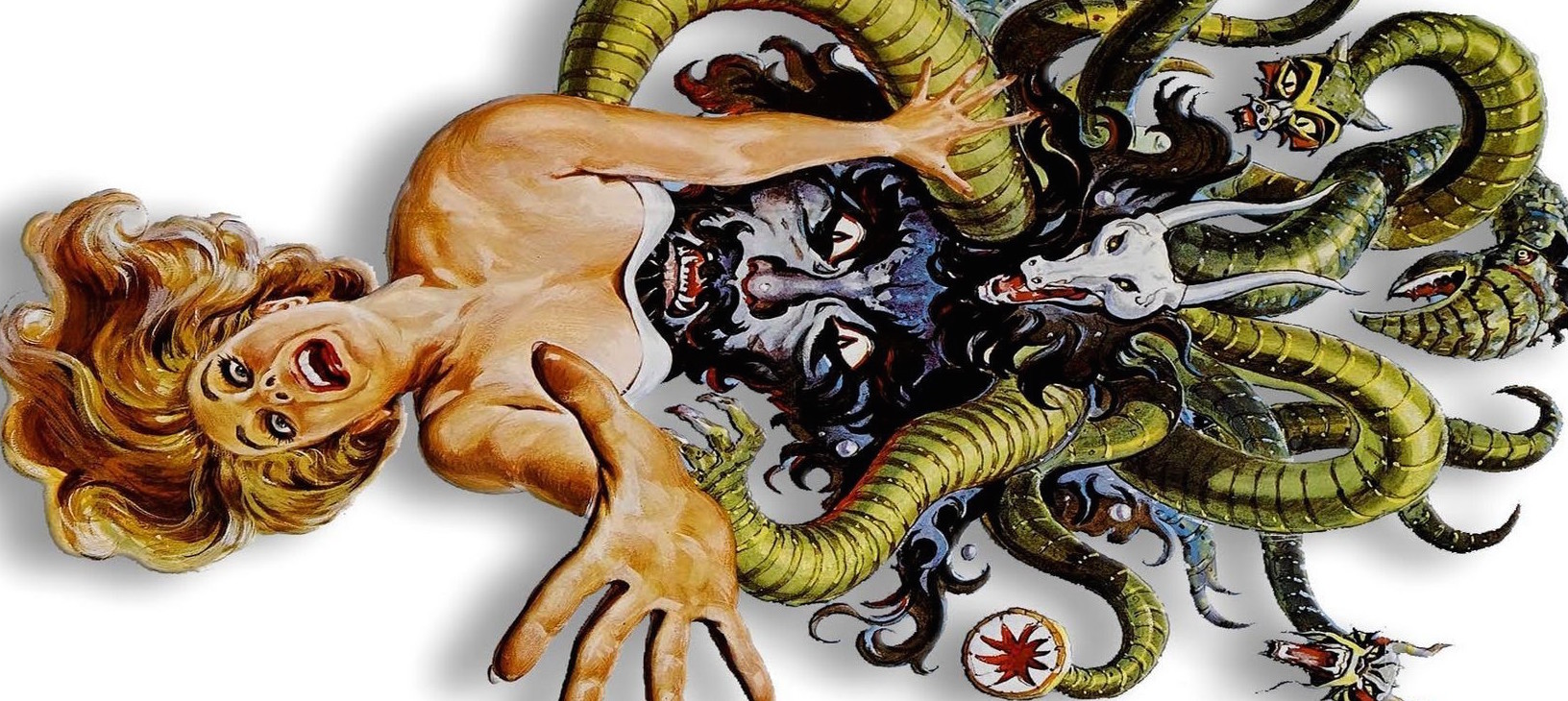

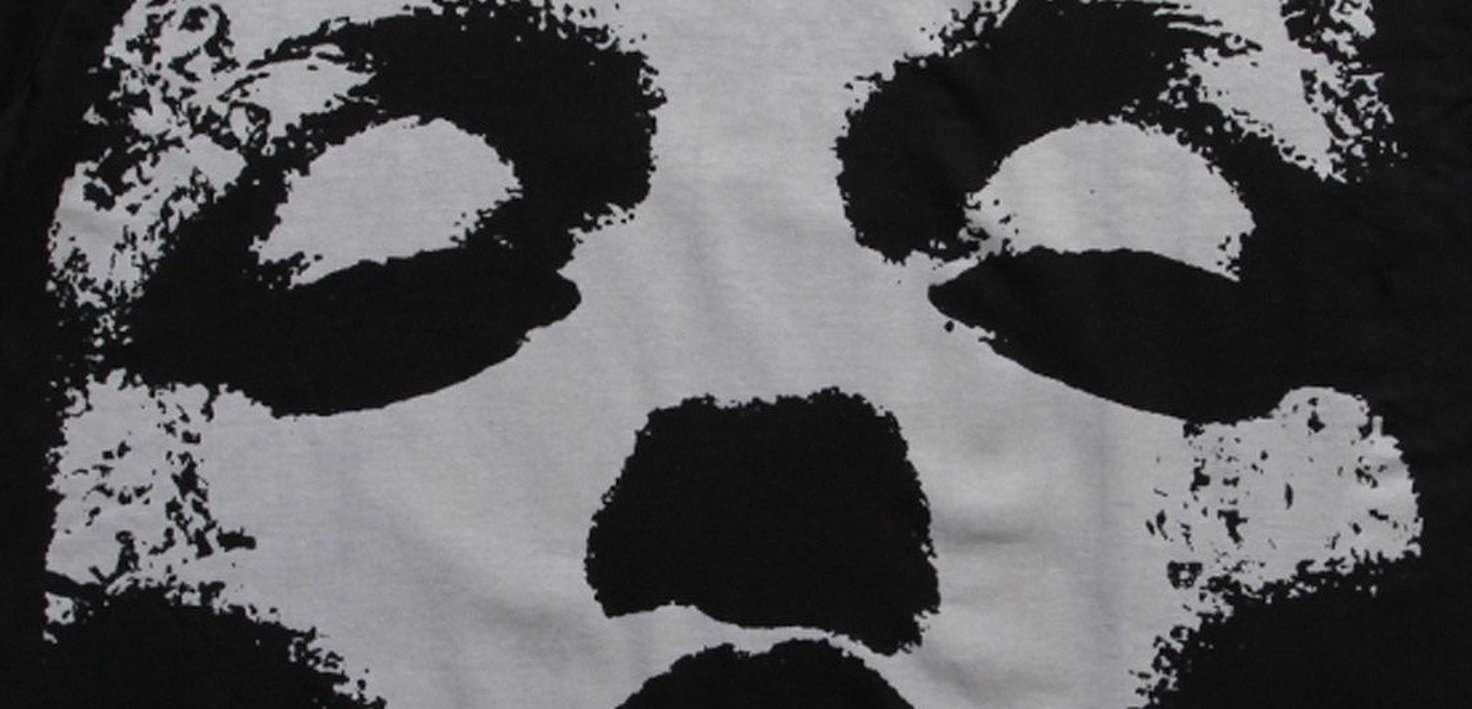
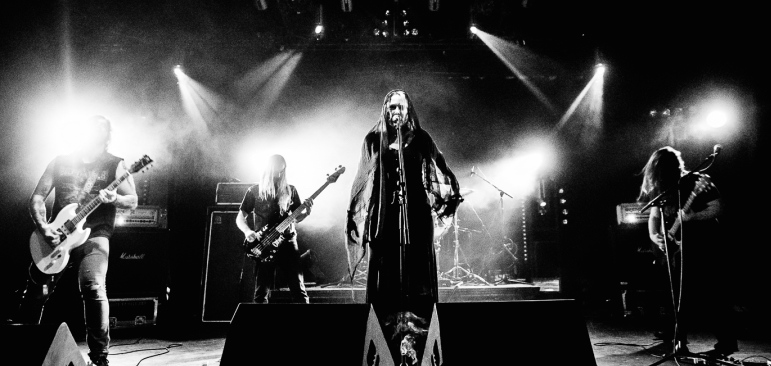
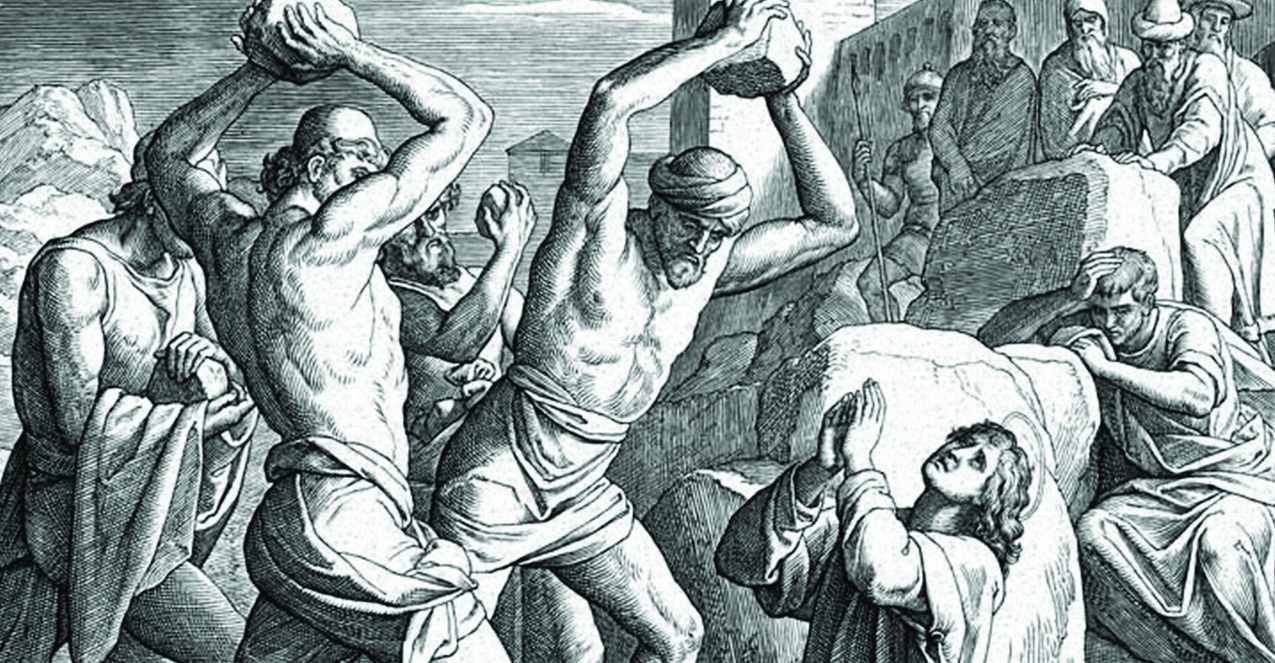


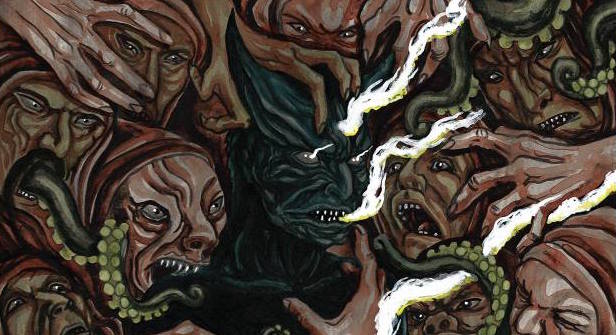

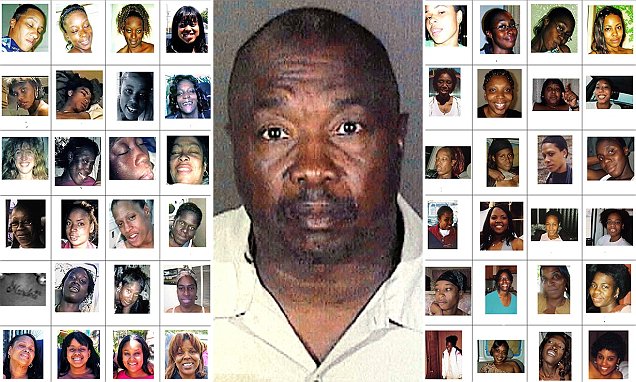

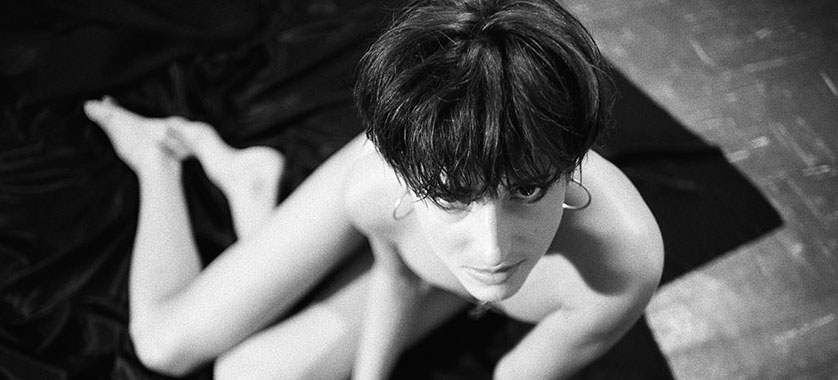








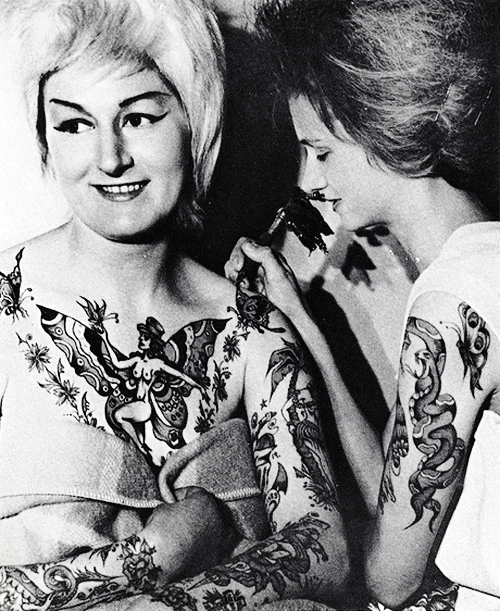

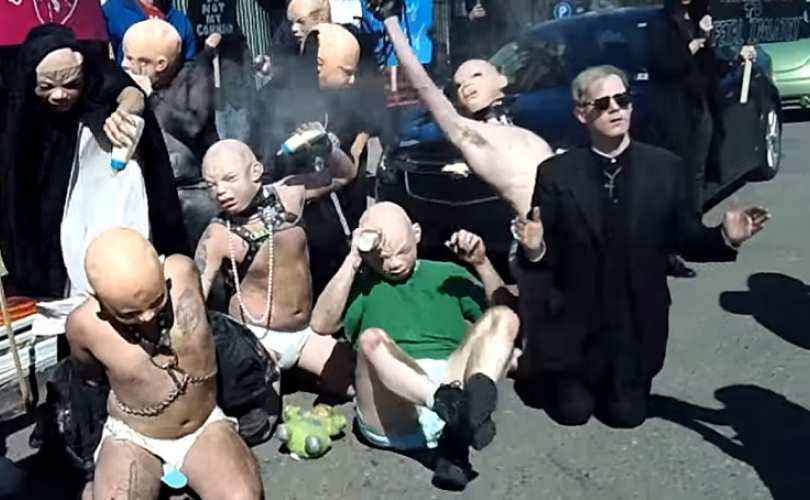


















New Comments